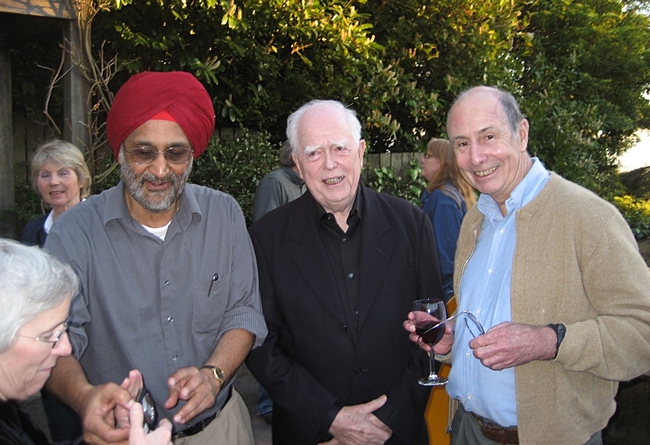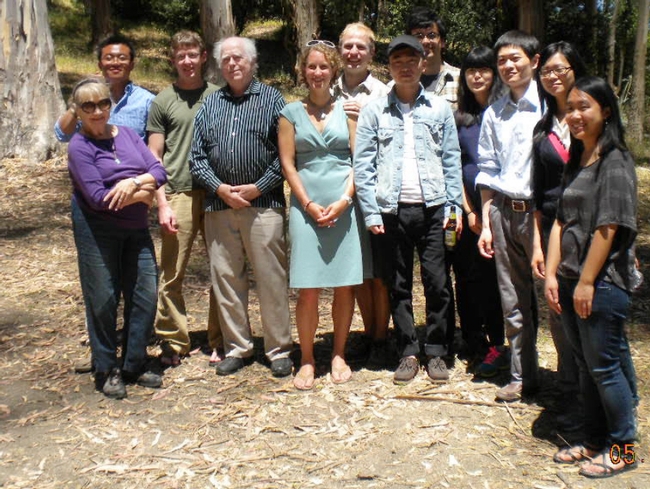- Author: Kathy Keatley Garvey
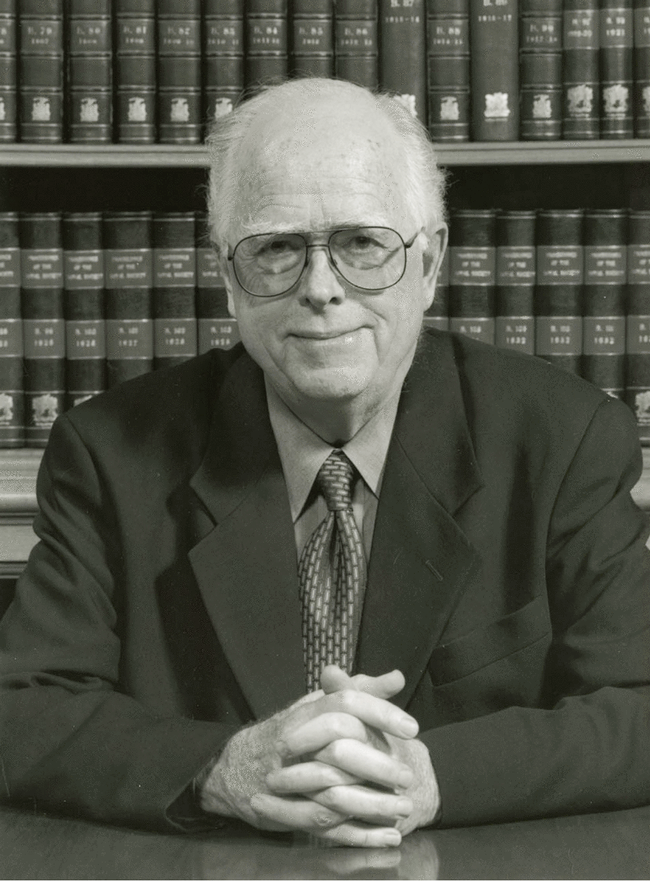
So wrote two Casida lab alumni, UC Davis distinguished professor Bruce Hammock and Qing X. Li, a professor at the University of Hawaii, Manoa, in their recently published biographical memoir in the Royal Society of Chemistry journal.
Casida, a UC Berkeley professor of toxicology and nutritional science for 50 years, also taught environmental science, policy and management, before becoming an emeritus professor in 2014. However, he continued to do research and mentor students until his death at age 88. He was actively involved with the UC system and often served on exam committees at UC Davis.
Casida was elected a fellow of the National Academy of Sciences in 1991 and to the London- based Royal Society in 1998. He won the first International Award for Research in Pesticide Chemistry in 1971 and the 1978 Spencer Award for Research in Agricultural and Food Chemistry by the American Chemical Society. In 1993, he was awarded the Wolf Prize in Agriculture "for his pioneering studies on the mode of action of insecticides, design of safer pesticides and contributions to the understanding of nerve and muscle function in insects.”
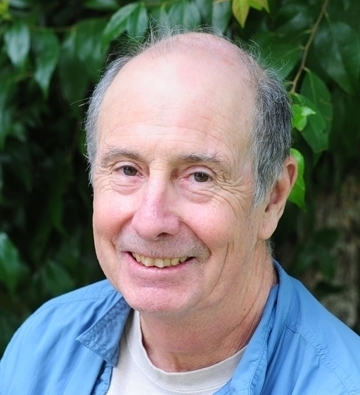
“John's legacy is his science, and this knowledge fostered subsequent science,” wrote Hammock and Li, longtime collaborators and friends of Casida. “A second legacy is the scientists he mentored in his career and the next generation who grew up with tales of ‘when we were in John's laboratory'. At scientific meetings, there is always a period of informal ‘Casida tales' ranging from practical jokes that extend for decades to stories of John and the charming eccentrics in his laboratory.”
“There is also a uniform awe and respect among his alumni. John set a high standard of ethics as well as work ethic in the field…What drives any of us, and particularly John Casida? Clearly wealth and fame were not important drivers, but there was a competitive spirit. The success of his many alumni brought him pleasure. We are confident John appreciated the tremendous contribution his career made to pesticide toxicology, the environment, human health and agriculture.”
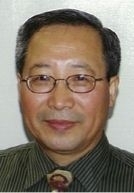
Casida alumnus Sarjeet Gill, now UC Riverside distinguished professor emeritus, described him “the preeminent toxicologist in the world.”
In their abstract, the authors pointed out that Casida's “research in pesticide toxicology led to more effective agricultural chemicals that are far safer for human and environmental health. He used pesticides as probes for his fundamental studies of metabolism and mode of action, resulting in great insight into biological chemistry and the underlying mechanisms of regulatory biology, ranging from voltage-gated sodium channels, through the ryanodine receptor and calcium regulation, the gamma-aminobutyric acid (GABA)-gated chloride channel, to the nicotinic acetylcholine receptors. These discoveries, among many others, have had a profound impact on pharmacology and toxicology.”
Casida's research career “started with the introduction of DDT into agricultural practice and continued to assist in the development of many pesticides that dominate the market today,” the authors wrote, that he “trained multiple generations of toxicologists who obtained leading positions in government, industry and academics.”
Casida, born Dec. 22, 1929, spent his formative years in Madison, Wis. He received three degrees at the University of Wisconsin: his bachelor's degree in entomology in 1951; his masters in biochemistry in 1952; and a doctorate in entomology and biochemistry in 1954. He joined the faculty at the University of Wisconsin for six years, advancing to full professor, and then accepted a faculty position at UC Berkeley, where he remained active in teaching and research until his death on June 30, 2018.
His wife, Katherine “Kati” Faustine Monson, a well-known artist, died in 2021. Survivors include two sons, Eric of BeRex Corp., Berkeley, and Mark, professor of theoretical chemistry, Grenoble-Alps University, Grenoble, France. Casida “loved laboratory science and this, coupled with insatiable curiosity and a gift for finding the unexpected, led to papers from his laboratory sparkling with creativity,” the authors shared. “He similarly loved teaching at all levels and had just finished grading the final examination in his toxicology class at the time of his passing.”
“The phrase ‘long and productive career' is often used in remembrances, but this phrase is seldom more appropriately applied than when it describes J. E. Casida,” Hammock and Li wrote. “His first lead author paper was published when he was an undergraduate in Science Magazine. John was productive until his last brief illness, and even during this period of hospitalization he was planning his next works.”
Professor Casida is sorely missed by his colleagues and the broad field of toxicology and pharmacology, they said.
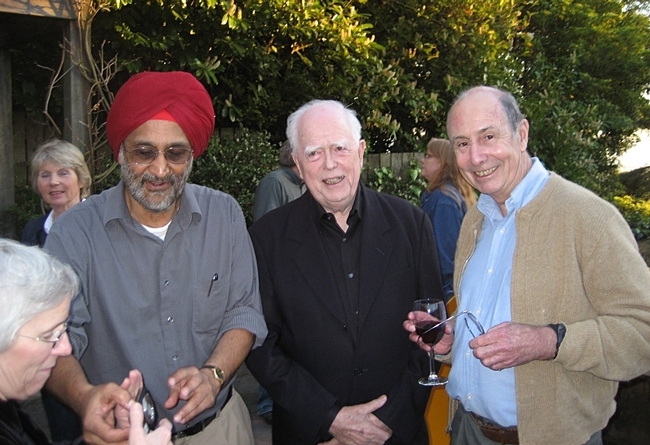
- Author: Kathy Keatley Garvey
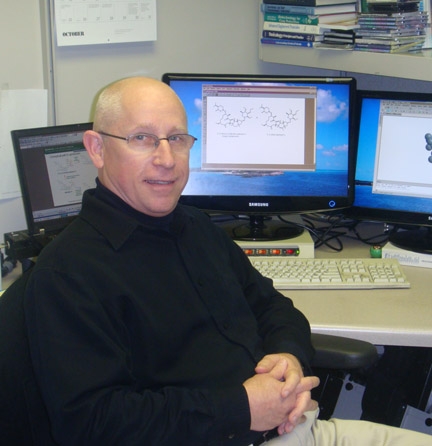
Thomas Sparks, the first graduate student of UC Davis distinguished professor Bruce Hammock, is the 2019 recipient, following in the generational footsteps of Hammock, his major professor at UC Riverside and UC Davis; and Hammock's major professor, the late John Casida of UC Berkeley.
Sparks accepted the award at the recent ACS meeting in San Diego. Hammock received the Spencer award in 1993, and Casida in 1978.
In his talk, Sparks acknowledged that he was a “third generation winner” following Casida and Hammock. "I was surprised to get a very large response / applause for this--very gratifying and likely testimony to the high regard for John Casida and Bruce Hammock."
"I was there cheering for Tom," Hammock said. "He gave a wonderful talk. Actually, I was there with Tom and our wives and my second student Keith Wing."
Casida, Hammock, Sparks and Wing also won the ACS International Award for their research: Casida, the inaugural winner, won it in 1969; Hammock in 1992; Sparks in 2012, and Wing in 2015.
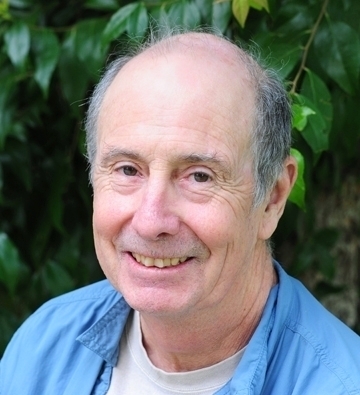
Sparks, a native of San Francisco who grew up in a farming community in the central valley, is an internationally recognized leader in the discovery of new insect control agents, the biochemistry and toxicology of insecticides, and insecticide resistance. Formerly a professor at Louisiana State University (LSU) and then a researcher in private industry for three decades, he recently retired as a research fellow from Corteva Agriscience (formerly Dow AgroSciences).
“Tom was instrumental in the discovery and development of a new class of insecticides called spinosids,” said Hammock, who holds a joint appointment with the UC Davis Department of Entomology and Nematology and the UC Davis Comprehensive Cancer Center. Spinosad, launched in 1997, is a naturally occurring mixture of spinosyns. Sparks co-invented the next-generation semi-synthetic spinosyn-based insecticide, spinetoram, that improved the efficacy, spectrum, and residual of spinosad. Both compounds received the EPA Presidential Green Chemistry Challenge Award, spinosad;in 1999 and spinetoram in 2008.
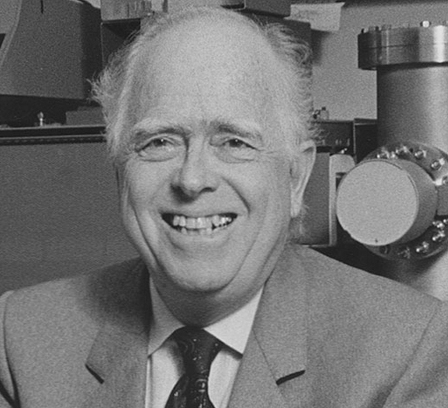
Sparks praised the broad training and inspiration he received in Hammock's lab as “outstanding preparation for my future roles in science.”
Sparks served on LSU's Department of Entomology faculty from 1978 to 1989 as an insect toxicologist, achieving full professor. His research covered endocrine regulation of insect metamorphosis, insecticide resistance, and insecticide biochemistry and toxicology.
In 1989, Sparks joined the agrochemical research group, the joint venture between Eli Lilly and The Dow Chemical Company, DowElanco (later known as Dow AgroSciences). He worked in discovery research for nearly three decades.
Sparks holds 46 patents or patent applications and continues to publish widely. He has published more than 175 refereed journal publications, book chapters, and other articles. Many involve a variety of discovery efforts in innovative insecticidal chemistries.
In recognition of this work, Thomas was named R&D Magazine's 2009 Scientist of the Year, the first in the 50-year history of the award for a scientist working in the field of agriculture. He also received the ACS International Award for Research in Agrochemicals (2012) and the AGRO Award for Innovation in Chemistry of Agriculture (2015). He is a Fellow of the Entomological Society of America and, in 2018, received the Entomological Society of America Recognition Award in Insect Physiology, Biochemistry and Toxicology.
Other UC Davis-affiliated recipients of the Spencer Award include the late Emil Mrak, for whom Mrak Hall is named.
The award memorializes Kenneth A. Spencer (1902-1960), a Kansas City geologist, engineer, coal miner, philanthropist and owner of the Spencer Chemical Company.
(ACS contributed to this article.)
- Author: Kathy Keatley Garvey
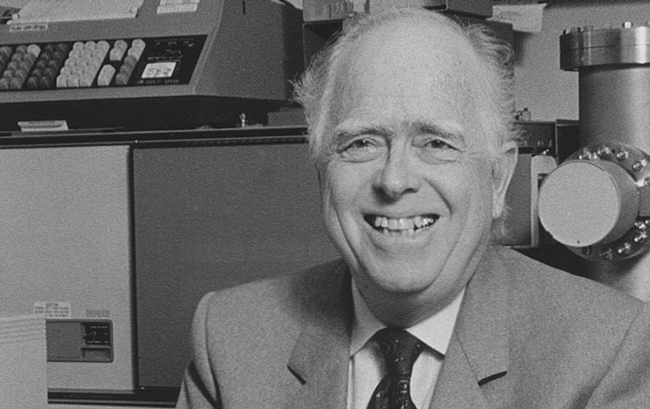
Casida, 88, one of the world's leading authority on how pesticides work and their effect on humans, died June 30 of a heart attack in his sleep at his home in Berkeley. He was considered the most preeminent pesticide toxicologist over at least the last two centuries.
A distinguished professor emeritus of environmental science, policy and management and of nutritional sciences and toxicology, Casida was the founding director of the campus's Environmental Chemistry and Toxicology Laboratory.
When awarded the Wolf Prize in Agriculture in 1993, the Wolf Foundation lauded his “research on the mode of action of insecticides as a basis for the evaluation of the risks and benefits of pesticides and toxicants, essential to the development of safer, more effective pesticides for agricultural use." according to a UC Berkeley News Service story. "His discoveries span much of the history of organic pesticides and account for several of the fundamental breakthroughs in the fields of entomology, neurobiology, toxicology and biochemistry.”
Former graduate student Bruce Hammock, now a distinguished professor at the University of California, Davis, who holds a joint appointment with the UC Davis Department of Entomology and Nematology and the UC Davis Comprehensive Cancer Center, remembers him as a “lifelong mentor who evolved into a colleague and a friend.”
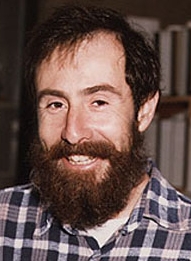
“John continued his high productivity until his death with major reviews on pesticides in 2016, 2017, and 2018 in addition to numerous primary papers,” Hammock noted. “He was working on primary publications as well as revising his toxicology course for the fall semester at the time of his death. Pesticide science was the theme of his career, and we live in a world with far safer and more effective pest control agents because of his effort.”
John Casida opened multiple new fields ranging from fundamental cell biology through pharmaceutical discovery. "He pioneered new technologies throughout his career, from being one of the first to use radioactive compounds for pesticide metabolism through studies with accelerator mass spectrometry, photoaffinity labeling and others," Hammock related. "Yet the greatest impact of his career probably lives on in the numerous scientists he trained, now carrying on his traditions of excellence in science. These scientists are around the world in governmental, industrial and academic careers.”
As compiled and shared by Hammock, below are comments from a few of his doctoral students and postdoctoral fellows who worked both with Casida at UC Berkeley and at, least for a time, also were at UC Davis.
Sarjeet Gill
Distinguished Professor of Cell Biology and Neuroscience, University of California, Riverside
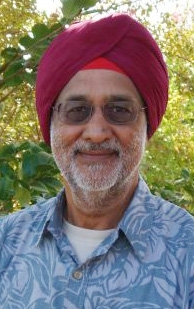
"This project also allowed me to build a long lasting friendship with Bruce Hammock who also was on the same project. Since John was always very focused, I often challenged John's patience with my practical jokes. I am sure he knew who the culprit(s) were but he never revealed he knew.
“The research experiences in John's lab made an indelible impression on me that drove me to return to the United States from Malaysia for an academic career in the UC system. Personally, I have lost an incredible mentor, and the scientific community lost the most preeminent pesticide toxicologist in the last two centuries. John changed the way we investigated mechanisms of toxicity at all levels. I certainly will miss him dearly.
Bruce Hammock
Distinguished Professor at the University of California, Davis: Joint appointment with the Department of Entomology and Nematology and the UC Davis Comprehensive Cancer Center
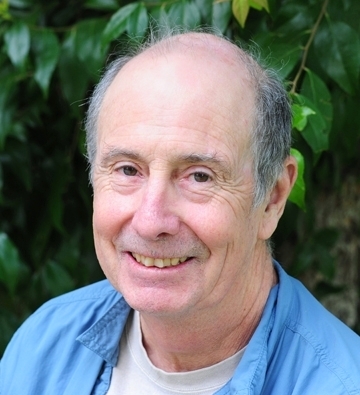
"After telling him I was there to be his graduate student, he replied he had no money for students. My retort was that I had a fellowship. He then told me that students were not space effective, and I promised not to take up much space. He continued that students were not time effective, and I promised not to take his time. In retrospect, Sarjeet must have really soured him on graduate students a few hours earlier."
"Months later, Sarjeet and I were sharing a desk-lab bench in the windowless closet next to the 'fly room' when Dr. Casida walked in. He had noted we both listed him as our major professor and asked if there was anything, he could do to encourage us to leave. When in unison we replied 'No!,' he politely left without accepting us, but soon we both had a desk and bench.
"So a few paces after Sarjeet, I initiated the most thrilling four years of my life. John's introduction to experimental science was marvelous with the perfect balance of inspiration, instruction and tremendous freedom. I was privileged to learn from a wonderful group of individuals and, of course, I made my most enduring of friendships with Sarjeet Gill. In addition to science, John taught a life-family-science balance by example. John was my life long mentor in science and in life but also evolved as a colleague and friend.
"Three more delightful years passed and John then took me to lunch at the faculty club. As I was about to leave the laboratory for the U.S. Army, he gave me sagely advice such as he had had it easy during the Sputnik period and I would have it hard. Then he went on to tell me than most people in the laboratory did not find my practical jokes nearly as funny as I did. I did not reveal that Sarjeet had both planned and executed most of them. Thus, Sarjeet succeeded in disrupting my Berkeley career from beginning until the end.
"John and his laboratory at Berkeley provided me with the most exciting years of my scientific career. In his own work, John moved from strength to strength creating numerous entire fields along the way. His scientific insight and drive were a constant stimulation to drive for innovation and excellence. Whenever I had an opportunity, I encouraged others to join his team. John was an inspiration and role model, not only because John came in early and stayed late, but also because he did science for the fun of discovery and taught for the joy of teaching."
Keith Wing Consulting LLC
Life Science Industrial Biochemistry or Biotechnology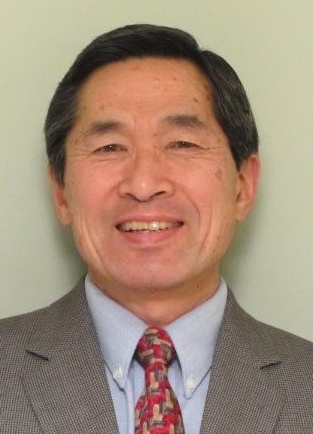
"While we all worked hard including many evenings and weekends, there were times when I or other American rebels would lead a mass lab exodus for a salmon fishing or ski trip during (gasp!) regular business hours. John would pretend to barely notice our ill-disguised escape along the cabinets that lined the Wellman Hall basement, except to raise his right eye from his manuscript editing in an unmistakable sign of disapproval at our lack of scientific drive.
"And this leads to another Casida work pattern of the time…. All of us scientists were subject to John's multiple cycles of manuscript editing. We would wrack our brains trying to put the right words and figures down as manuscript drafts, submit them to John, and wait for three days or less for him to return it to us in a sea of thin red ink, and the humbling realization that we really were much poorer writers than we'd thought. After discussion with John and acquiescing to practically every edit he'd made, the manuscript would be re-typed manually by his administrative assistants in entirety and the cycle would repeat but with less red ink. After at least three cycles of this, we'd submit the manuscript for publication, often with a high acceptance rate. With time, we all came to understand and see John's wisdom in approaching publication and science contribution. All of this occurred right as word processing programs had started taking hold in the outside world, and perhaps my one service to the lab on my 1983 exit was to convince John to look into using word processing/saving documents on disks for editing. Oh, and maybe a bit of science as well.
"John Casida's lab has been the world leader in examining both pesticide metabolism and their biochemical target sites. I was lucky enough to work on a project that combined both, and it molded the way I looked at insecticide discovery in industry. The interdisciplinary approach to the mechanisms by which xenobiotics interface with biological systems influenced the thinking of every person who has passed through John's lab. That influence has proliferated throughout the world and has advanced the field of pesticide toxicology to what it is today. We mourn the loss of a great leader but understand that his alumni are a large international family that will carry his spirit and teachings forward."
Andrew 'Andy' Waterhouse
Director of the Robert Mondavi Institute for Wine and Food Science and Professor of Viticulture and Enology,
University of California, Davis
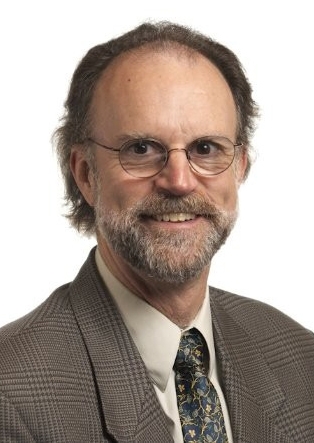
"A couple of weeks after I arrived, he showed me Don Crosby's book on natural toxicants, and asked if I would confirm the very high toxicity of ryanodine mentioned therein. The high toxicity suggested strong binding to a key regulatory protein, and its novel and unknown mode of action made it an exciting prospective target. Confirming that ryanodine was in fact a deadly toxic, he set a project in motion to discover the site of action, hiring Isaac Pessah to use the yet-to-be-made radioligand on a hypothetical site of action!
"We were astonishingly lucky to find that the natural source of ryanodine contained a major impurity that was one step away from the highly radioactive form, so it wasn't too long before we had very hot ryanodine available. Initial attempts detected no binding at all, but Isaac thought to add some calcium to the assay, and we had the binding site in hand! This discovery essentially established a field of science in muscle physiology and pharmacology, with entire symposia dedicated to exploring this binding site and its broader significance to toxic modes of action. Isaac is an established leader in the field. It was a real privilege to see how groundbreaking research can happen and be part of it, and to get to know all the fabulous scientists that John collected around him."
Isaac Pessah
Associate Dean of Research and Graduate Education, and Professor, Department of Molecular Biosciences, UC Davis School of Veterinary Medicine
University of California, Davis
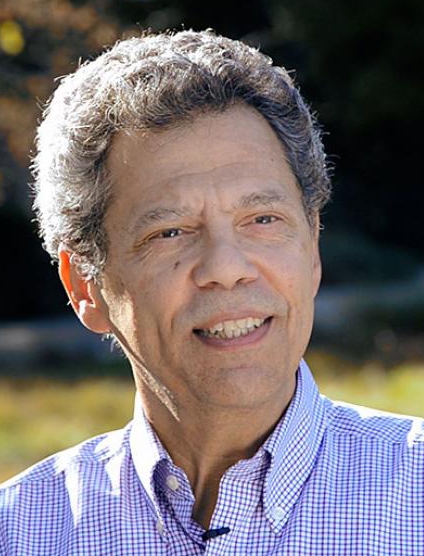
"I remember most vividly my reaction when John also indicated that working on the biochemistry GABA receptors, my original intent for traveling across country for a postdoc, was not to be. ‘Work on something else' John advised, ‘there are so many interesting unanswered questions around the PCTL.' Arguably John's straightforward and highly insightful advice changed the course of my professional life. He introduced me to chemist Andy Waterhouse, and the next two years of work that led to the discovery and identity of the ryanodine receptor were breathtaking. Our discovery benefited from many factors; a gift from Ryania speciosa in the form of didehydroryanodine, which Andy identified, the newly published use of palladium catalyst to catalyze efficient reduction of minute quantities of unsaturated bonds, the National Tritium Laboratory just above the PCTL…and of course, there was John's unwavering support for discovery, no matter how risky. Successful synthesis of [3H]ryanodine and identity of its receptor paved the way to immense basic discoveries in virtually every field of science, identification of several disease causing mutations of skeletal and cardiac muscle and the nervous system, and successful discovery of highly selective ryanoid insecticides. Since the first paper published in 1985, there have been nearly 20,000 peer reviewed publications (ISI Web of Science) and a search on Google Scholar yields more than 70,000 hits. To many, John was the recognized leader in pesticide chemistry and toxicology. I agree, although from my perspective, John was also a true renaissance individual, seeding ideas of great significance in so many fields, of which ryanodine receptors represents only one of many. His love of science and discovery positively impacted his students and postdocs. He will be fondly remembered and sorely missed.'
Qing Li
Professor, Department of Molecular Biosciences and Bioengineering College of Tropical Agriculture and Human Resources, University of Hawai‘i at Mānoa 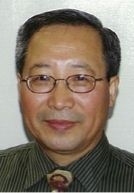
" In April 2018, I had a couple of telephone conversations with Professor Casida. He shared with me what he was doing (of course, writing manuscripts), his health, Kati's health, his sons and his grandkids. We talked about meeting at the Biochemistry and Society: Celebrating the Career of Professor Bruce Hammock, to be held in Davis in August 2018. We talked about a possibility to attend a meeting together in China in 2019.
"I was privileged to manage Professor Casida's manuscript entitled 'Pesticide Detox by Design' that he submitted to the Journal of Agricultural and Food Chemistry. This is Professor Casida's last manuscript, I believe. It is still in the review process. He wrote that 'Detoxification (detox) plays a major role in pesticide action and resistance…' A reviewer who reviewed the manuscript wrote me “I just heard that Professor Casida has passed away... Professor Casida was a giant in pesticide science, a special and unique person. It is a great loss to the pesticide science community…”
Professor Casida is survived by his wife, artist and sculptor Kati Casida, sons Mark and Eric Casida, and two grandchildren.
Related Information
- John Casida Obituary, UC Berkeley News Service
- For the Fun of Science: A Discussion with John E. Casida (Archives of Insect Biochemistry and Physiology)
- Still Curious: An Overview of John Casida's Contributions to Agrochemical Research (JAFC)
- Curious about Pesticide Action, by John E. Casida (JAFC)
